(Step-by-Step Blueprint for Beginners)
Dream of freelancing but are overwhelmed? This straightforward guide helps you move from novice to client-ready status through 7 simple steps while teaching how to prevent early mistakes that cost money.

Freelancing in 2025: The present moment stands as the most opportune time to launch your freelance career.
The freelance economy is experiencing its most significant growth in history. The growth of remote work and digital tools alongside global connectivity enables professionals to choose freelancing to build rewarding careers with flexibility.
According to Upwork’s 2024 Freelance Forward Report:
- The percentage of freelancers in the U.S. workforce reached 39% in 2024.
- The percentage of freelancers in the workforce is expected to rise to 45% by 2025.
- A total of 73% of full-time freelancers experience improved work-life balance when compared to traditional employment.
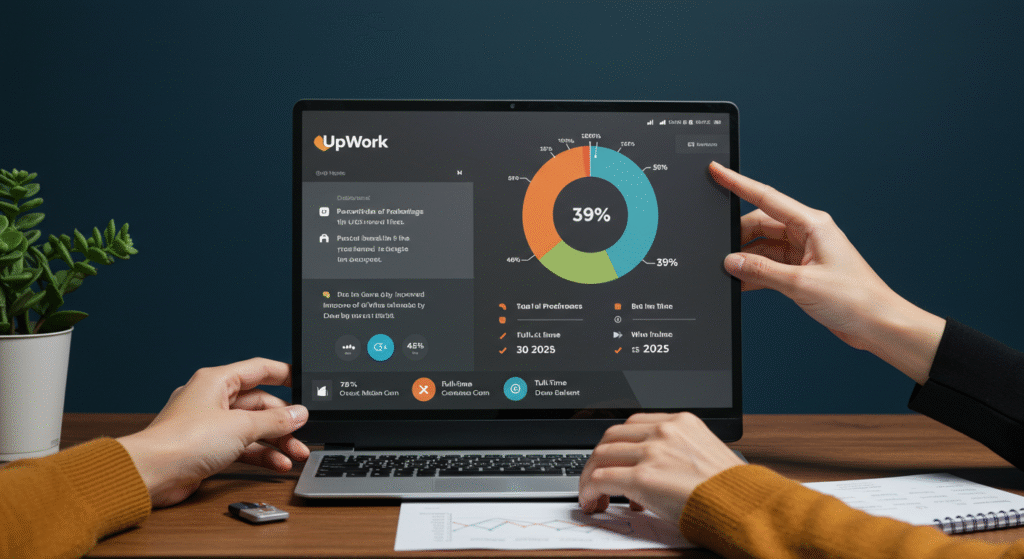
Mini Case Study:
Maria began her freelance career as a virtual assistant after she lost her job in 2023. Maria achieved a monthly income of $5,000 by mid-2024 through her virtual assistant freelancing career while traveling across Southeast Asia.
2. Is Freelancing Right for You?
Freelancer DNA: Do You Have What It Takes?
Freelancing isn’t an ideal fit for everybody, which is perfectly fine. Take this self-assessment to determine whether the freelance lifestyle works for you:
- Do you thrive with flexible routines?
- Are you self-motivated without a manager?
- Are you able to manage income fluctuations during a 3 to 6-month period?
- Do you enjoy marketing yourself?
- Are you comfortable setting boundaries with clients?
- Can you manage multiple projects at once?
- Do you value autonomy over stability?
- Do you have the ability to learn new tools at an accelerated pace?
Pro Tip: A YES answer to 6 or more of these 8 questions suggests that freelancing may be a good match for you.
Freelance Platforms: Upwork, Fiverr, and LinkedIn
Freelancers can initiate their career path successfully by using online platforms such as Upwork, Fiverr, and LinkedIn to gain access to multiple opportunities. This section provides detailed insights into how each platform affects career opportunities, along with vital statistics demonstrating their success.
Upwork:

The online freelance marketplace Upwork features up to 145,000 new job opportunities every month. In 2024, 16% of Upwork freelancers earned annual salaries that exceeded $100,000. Upwork’s strong platform offers multiple project options, including design and IT development, which helps professionals serve various industries. Upwork applies a service fee that varies between 5% and 20% based on the billed amount for client transactions.
Case Study:
The freelance web designer Maria became an Upwork member in 2022. Maria used Upwork’s tools like client ratings and job filters to boost her monthly income to $6,000 within 10 months as she worked with clients from the tech and retail sectors.
Fiverr:

Fiverr operates on a gig-based system where freelancers provide specific services at fixed rates beginning at $5. Data reveals that Fiverr experts earn up to $2,000 each month. Fiverr’s 2024 report shows that 70% of sellers with top ratings make substantially higher earnings than average sellers.
Case Study:
The graphic designer John first provided basic services through Fiverr. John improved his profile and shifted to premium logo design services on Fiverr, which led to his monthly income increasing from $200 to $5,000.
LinkedIn:
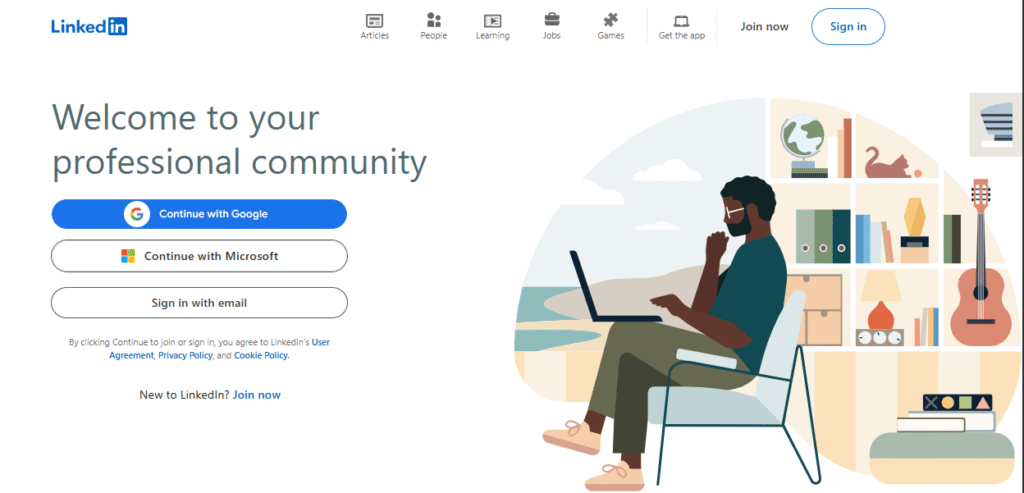
LinkedIn offers more than networking capabilities because it serves as an effective platform for service promotion and client connection. More than 10 million job listings appear on LinkedIn’s job board each month. This platform enables freelancers to demonstrate their skills using posts and articles that attract companies looking for long-term partnerships.
Case Study:
As a freelance copywriter, Sophie utilized LinkedIn’s publishing platform to disseminate her case studies and success stories. A start-up reached out to her after 3 months with an offer for a $4,000/month retainer to produce continuous content.
3. Step 1: Choose Your Freelance Niche
Niche Down to Cash In: How to Pick Your Profit Zone
Selecting your freelance niche stands as one of the top essential choices you will face during your freelance career. A niche allows you to differentiate yourself and charge higher rates.
Popular, High-Demand Niches in 2025:
- AI content editors
- Shopify developers
- Personal finance writers
- Remote executive assistants
- TikTok video editors
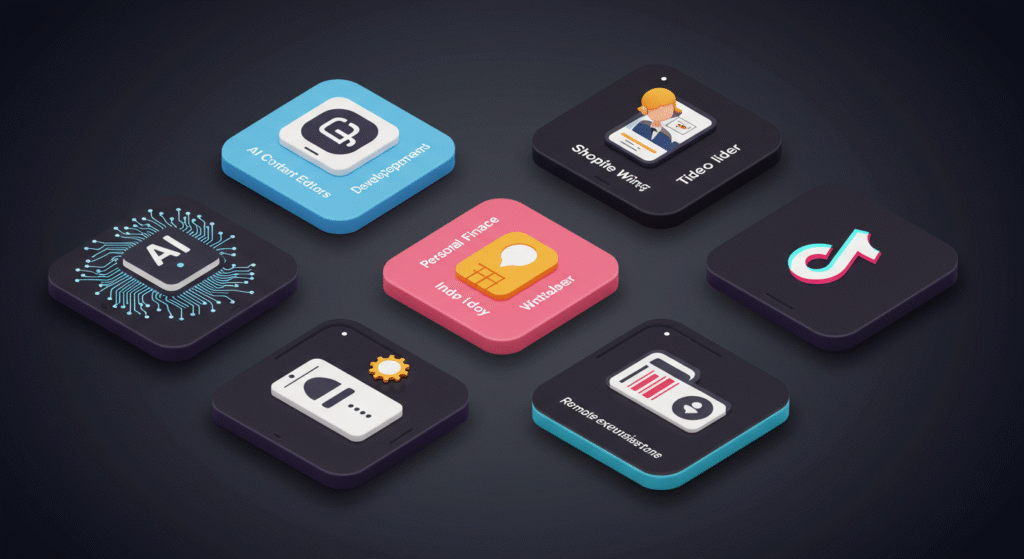
Stat: Specialists earn between 25% and 50% higher compensation compared to generalists when working as freelancers. (Source: Freelancers Union)
Mini Case Study: Josh moved from general graphic design to focus on YouTube thumbnails, which resulted in a threefold increase in client inquiries over two months.
4. Step 2: Build Your Skills & Portfolio
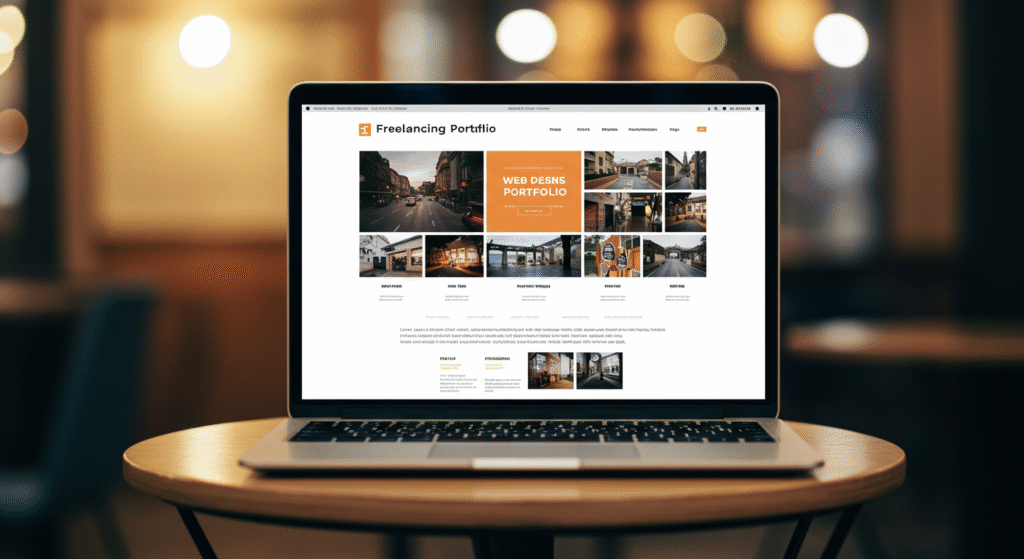
What If You Have No Experience? Start Here
Don’t worry if you’re starting from scratch. Lots of freelancers achieve success without prior experience because demonstrating problem-solving abilities is what counts.
3 Ways to Build Experience Fast:
- Mock Projects: Select existing businesses to develop redesigns or marketing strategies, or create content for them as though they were your client.
- Barter Skills: Trade your service offerings for testimonials or assistance from others, like getting a logo design for web development work.
- Volunteer Strategically: Help a local nonprofit or startup. You gain experience, and they get value.
Resources to Upskill:
- Coursera (Free with certificates):
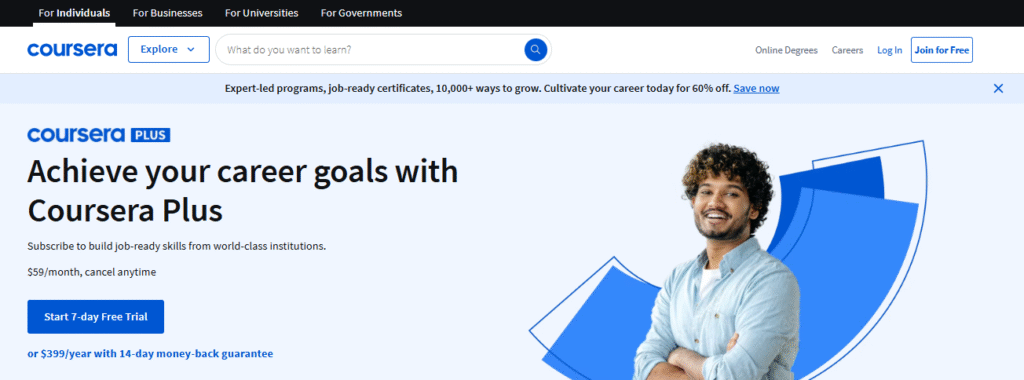

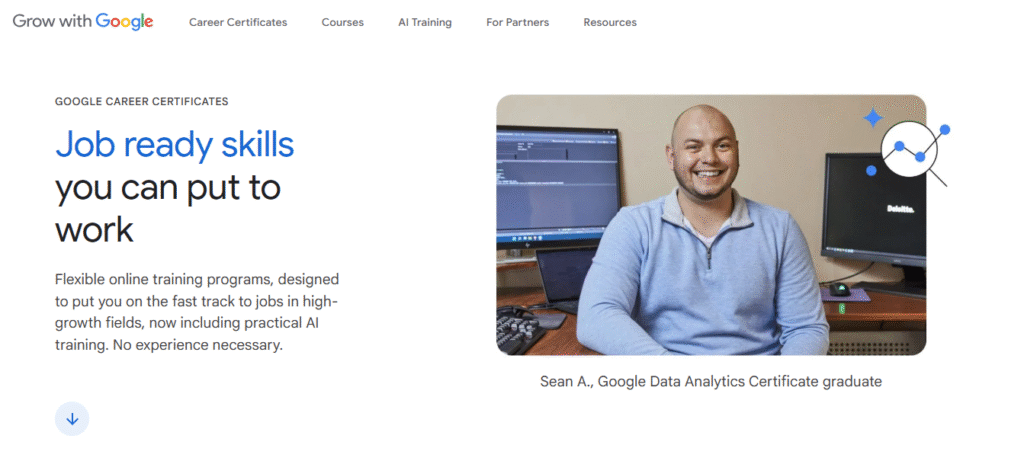
Quick Tip: Approach all unpaid work with the same professionalism you would paid projects by honoring delivery times and maintaining clear communication boundaries. It builds the right habits.
Case Study: After Tina posted her free logo designs for friends on LinkedIn, she secured her first paid client who paid her $500 within four weeks.
5. Step 3: Set Up Your Freelance Business
Freelance Biz in a Box: Legal, Financial & Branding Setup in 60 Minutes
By establishing a business foundation, your professional image will improve, and you will prevent legal and financial problems.
Checklist:
- Register as a sole proprietor or LLC.
- Create a separate business bank account.
- Set up invoicing software (e.g., Wave, FreshBooks)
- Develop a fundamental brand kit by creating a logo and choosing distinct colors and fonts.
Data Point: Freelancers who maintain distinct personal and business financial accounts achieve 60% higher chances of surpassing $50K in annual revenue.
6. Step 4: Find Your First Client
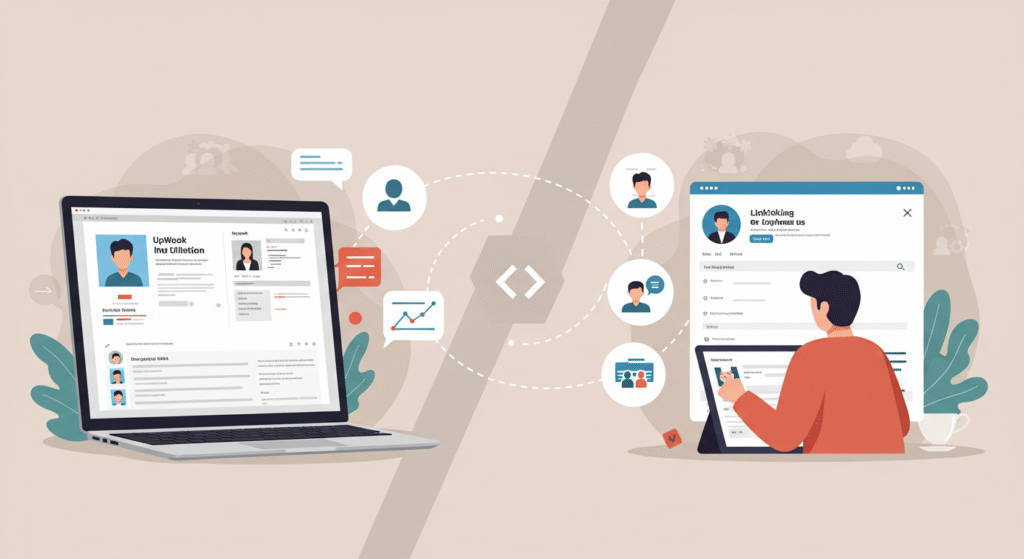
Discover seven alternative methods to secure your first client without relying on Upwork.
Instead of waiting for job boards, direct your search to where clients are already present.
Tactics:
- Cold DM strategy on LinkedIn
- Offer free “value audits” for leads.
- Post transformation stories on Twitter
- Join niche Slack groups & Discord servers.
- Ask friends for referrals.
- Post your services on job boards such as Contra and SolidGigs to reach potential clients.
- Co-market with other freelancers
Mini-Guide: How to Cold Pitch Without Feeling Salesy
You can avoid awkwardness in cold pitches by starting with the value you offer. Here’s a simple 3-step formula:
- Hook with Relevance: Hook with Relevance: Your recent product launch sparked an idea in my mind.
- Highlight Your Value: Highlight Your Value: Short-form TikTok videos help coaches like you increase their audience engagement.
- End with a Low-Pressure CTA: End with a Low-Pressure CTA: Would you be willing to meet for 10 minutes to determine if our collaboration could work?
Case Study: On LinkedIn, Sam offered three free email copy audits through his latest post. The recipient of the LinkedIn post authorized Sam to undertake a project worth $1,200 in the following week.
7. Step 5: Price Your Services Right
Freelance Pricing Power: How to Charge More Without Losing Clients
Lower prices lead to burnout, while higher prices without perceived value drive clients away. Find the right model for your niche.
Pricing Models:
- Hourly (e.g., $50/hr)
- Project-based (e.g., $1,000 per landing page)
- Retainer (e.g., $2,000/month for ongoing content)
Clients may tell you that your pricing is too high, but approach the situation professionally and strategically.
Price objections are normal—don’t take them personally. Use these strategies:
- Show the ROI: A landing page priced at $1,000 has the potential to generate leads that can deliver $10K in monthly revenue.
- Offer Tiers: My services come in two levels: a basic option for $500 and an advanced option for $1,000, which I can detail for you.
- Don’t Beg: If they cannot afford your rate, you should feel free to end negotiations.
Stat: Freelancers report a 2.5 times increase in earnings when they adopt value-based pricing instead of hourly rates.
Mini Case Study: Emily changed her payment structure from $25 per hour to $800 per project, which resulted in fewer clients but doubled her total income.
8. Step 6: Deliver Value & Retain Clients
Client Whispering: Learn how to transform single-project work into ongoing revenue streams.
Long-term clients provide you with consistent financial stability.
Retention Tactics:
- Over-communicate milestones
- Offer monthly retainers post-project
- Surprise with extras (e.g., bonus deliverables)
- Ask for feedback + referrals.
Case Study: Jason presented a $100 discount to clients who signed up for a 3-month retainer period and achieved a 70% acceptance rate.
9. Step 7: Scale Your Freelance Business
Beyond Solopreneur: Discover how you can triple your earnings without increasing your work hours.
Expanding your business requires smart systems rather than additional working hours.

Scalable Strategies:
- Productize services (e.g., “$499 Website-in-a-Week” package)
- Subcontract repeatable tasks
- Create digital products (templates, guides)
- Raise rates annually
Stat: Freelancers who provide productized services experience a 40% faster annual growth rate.
Mini Case Study: Nina converted her exclusive coaching sessions into a $97 digital workshop, which generated passive income for her for the first time.
10. Common Freelance Mistakes to Avoid
Avoid These 10 Freelance Mistakes That Cost Me $5,000
Mistakes (with explanations):
- Undercharging your first clients: Sets a precedent that’s hard to break.
- Not having a contract leads to scope creep and late payments.
- Saying “yes” to every gig leads to burnout and poor performance.
- Not setting payment terms: Clients may delay or dispute payments.
- Skipping follow-ups: Missed opportunity to land recurring work.
- Ignoring taxes can result in penalties and surprise bills.
- Not niching down: Generalists struggle to stand out.
- Poor onboarding: This creates confusion and bad client experiences.
- Failing to track income/expenses: Hard to scale or plan.
- Working for free to gain exposure typically fails to generate real value.
When boundaries are established at the beginning, clients demonstrate respect for them.
Stat: The Fiverr 2024 Report shows that 63% of new freelancers admitted to charging too little during their first year.
11. Tools That Make Freelancing Easier
Freelancers should learn about these 10 free or budget-friendly tools that help deliver professional services.
Time-saving tools help maintain your professionalism while keeping your work organized.
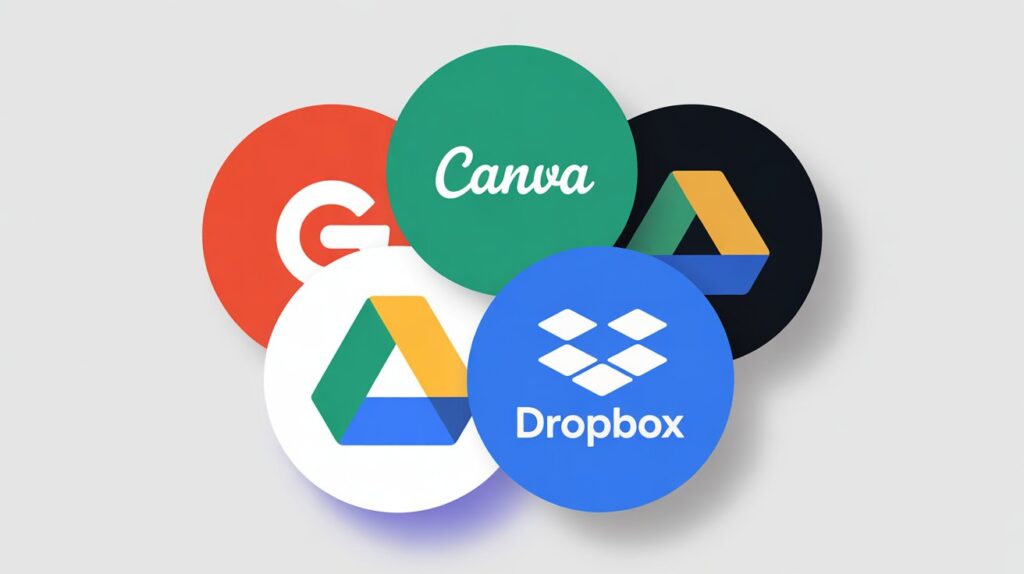
| Purpose | Tool |
| Project management | Trello or Notion |
| Contracts & e-signing | Bonsai or HelloSign |
| Invoicing | Wave or PayPal Invoicing |
| Time tracking | Toggl |
| Scheduling calls | Calendly |
| File sharing | Google Drive or Dropbox |
| Design | Canva |
| Portfolio site | Card or Notion |
| Grammar & clarity | Grammarly |
| Proposal Builder | Better Proposals |
Pro Tip: Dedicate an entire weekend to prepare your freelance “stack” so you’ll be prepared when a client gives you the green light.
12. Conclusion
Your First Client Awaits: Here’s Exactly What to Do Next
You must take action to begin your exciting and empowering freelance path. Follow this simple checklist to launch strong:
7-Step Starter Checklist:
- Choose your niche
- Learn 1–2 core skills.
- Build a lean portfolio.
- Set up your business foundation.
- Pitch creatively
- Price with confidence
- Deliver & scale
13. FAQs: (Frequently Asked Questions)
What steps should I follow to begin freelancing without any prior experience?
- Build a portfolio: Create sample work to showcase your skills.
- Upskill: Coursera and Google Career Certificates provide training for high-demand skills.
- Network: LinkedIn and Twitter serve as platforms to connect with potential clients.
What methods should new freelancers use to discover potential clients?
- Cold outreach: Reach out to potential clients by sending service proposals through LinkedIn emails or Twitter messages.
- Network: Become a member of specialized communities on Slack or Discord.
- Referrals: Request client leads from your friends as well as former colleagues.
What strategies should I use to control client expectations while preventing scope creep?
- Set clear boundaries: Define project scope and timelines.
- Frequent communication: Maintain regular updates with clients while identifying potential problems before they escalate.
- Say no when needed: Remind clients courteously about the agreed terms when they request additional work.
What steps can I take to prevent burnout in my freelance career?
- Set work hours: Maintain a regular schedule.
- Take breaks: Schedule time off to recharge.
- Delegate tasks: Outsource tasks when necessary.
Can I freelance part-time?
Yes! Work scheduling strategically will help prevent issues with your regular employment.
How can I scale my freelance business?
- Raise rates: Increase your rates with experience.
- Productize services: Offer packages or digital products.
- Outsource tasks: Hire contractors for additional services.
- Offer retainers: Secure long-term contracts with clients.

